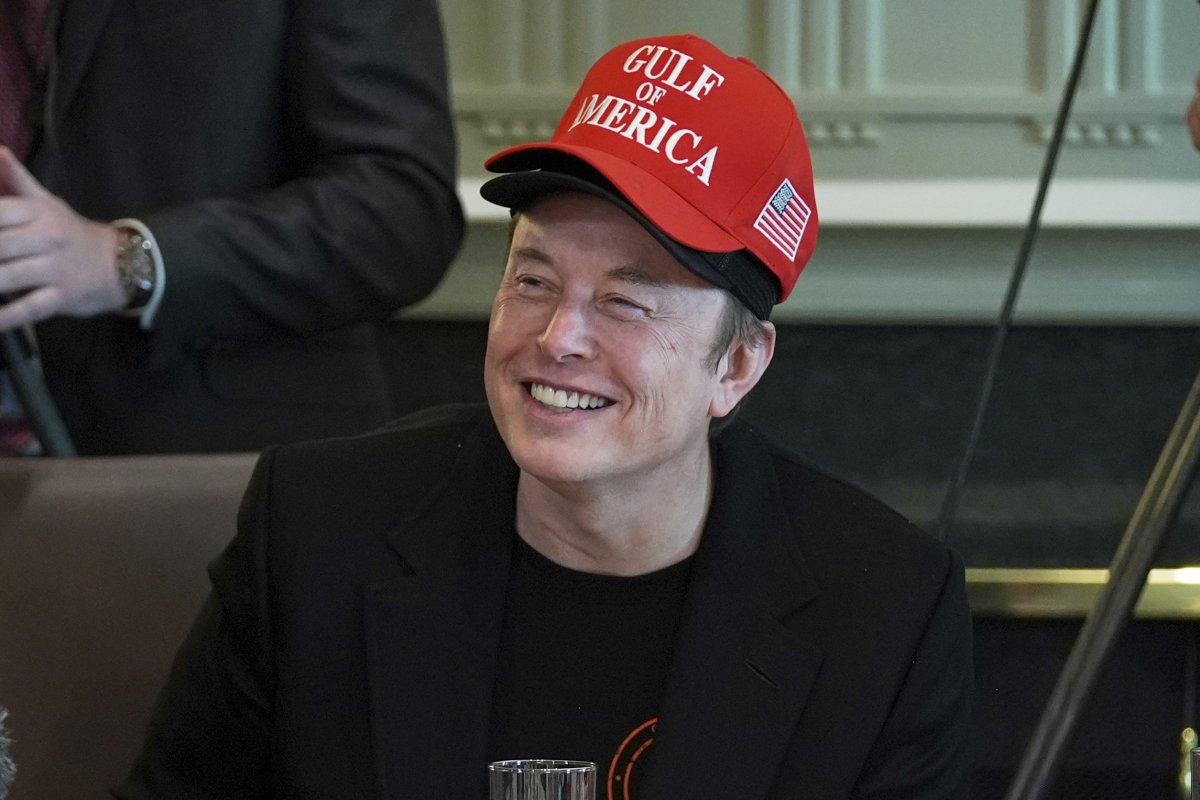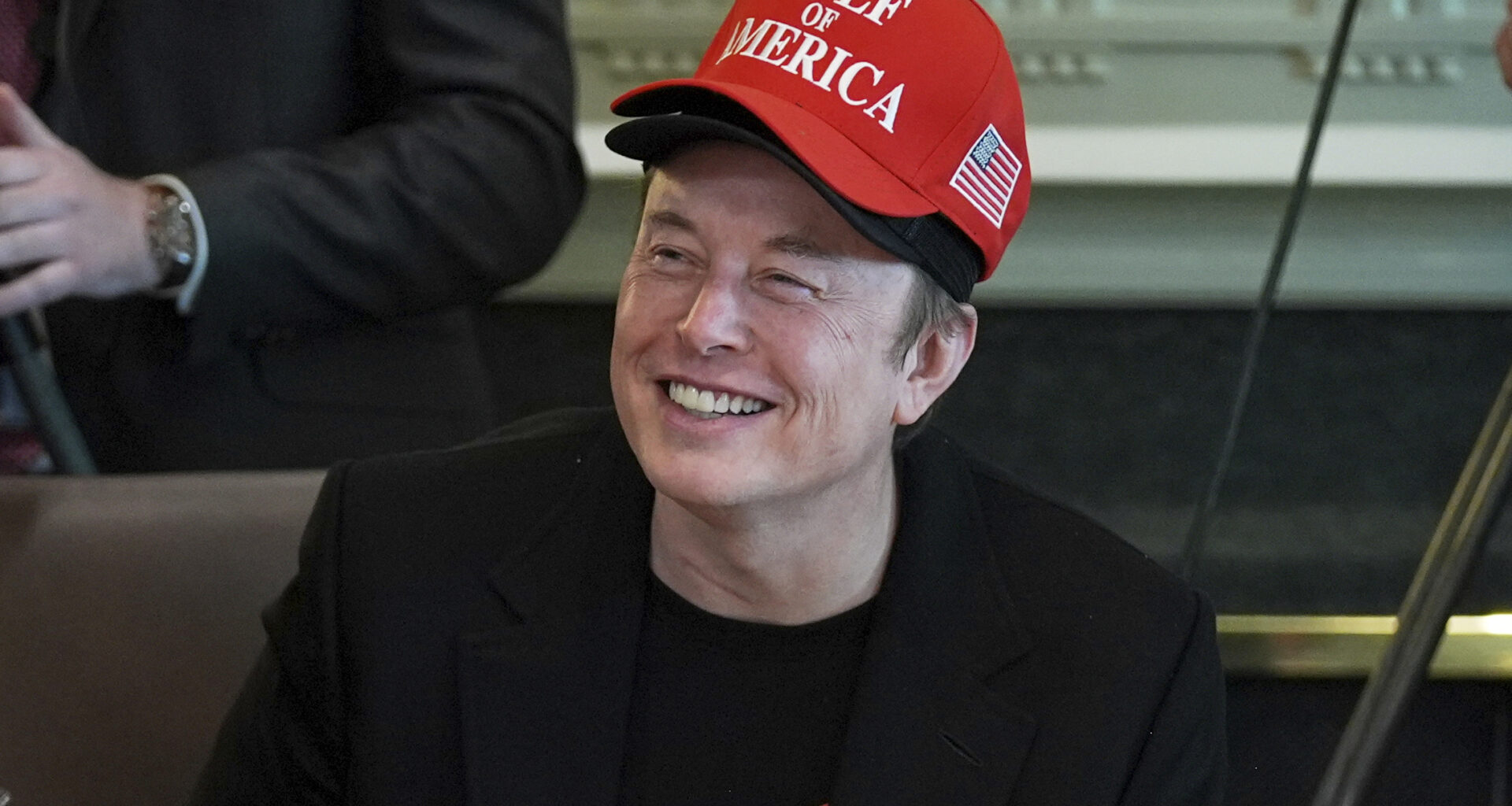A sweeping automation initiative backed by the Department of Government Efficiency (DOGE) may soon accelerate the pace of job cuts across U.S. federal agencies, according to Reuters on Thursday.
Newsweek reached out to DOGE via its X, formerly Twitter, account on Friday for comment.
The rollout of a revamped software tool to identify redundant positions is moving ahead amid Elon Musk‘s apparent step back from his day-to-day role in DOGE, citing a need to refocus on Tesla and his private ventures.
DOGE, created in January by executive order from President Donald Trump, is not a formal Cabinet-level department but an advisory body. It was launched with a broad mandate to cut federal spending, shutter agencies, and streamline the government workforce by July 2026.
Musk, appointed as an unpaid special government employee, initially played a hands-on role directing strategy and technology priorities. In April, he said his weekly commitment to DOGE would drop to one or two days from May.
One of DOGE’s more prominent current efforts is the development and deployment of AutoRIF, an automation tool that replaces manual review processes in government layoffs.
Why It Matters
Labor leaders and watchdog organizations have raised alarms about the use of artificial intelligence (AI) in employment decisions, warning that systems like AutoRIF could violate civil service laws and eliminate due process protections. DOGE has faced multiple lawsuits and at least one federal court order blocking access to personal data used in its reviews.
Transparency remains a central point of contention. While DOGE has claimed to save $160 billion, an April analysis by the BBC found that only $61.5 billion was itemized, and just $32.5 billion could be traced to verifiable actions.
Despite strong Republican support for DOGE’s cost-cutting efforts, Musk’s personal popularity remains mixed. Polling from Pew Research in February found that 54 percent of Americans viewed the billionaire unfavorably.
What Is AutoRIF?
AutoRIF is a software platform redeveloped by the Office of Personnel Management (OPM) under DOGE’s direction. Its name comes from “Reduction in Force,” a term used to describe mass layoffs.
The new version builds on a little-used Pentagon tool, updating it into a web-based system capable of identifying positions for elimination without requiring oversight such as manager input or performance reviews, according to Reuters.
DOGE has not publicly confirmed specific timelines, but internal sources told Reuters the rollout of new users would begin in the coming weeks.
How Many Jobs Has DOGE Cut So Far?
While it remains unclear whether any job cuts have yet been directly triggered by AutoRIF, DOGE’s broader mandate has already produced massive reductions.
According to a report cited by The Hill last week, 283,172 job cuts have been attributed to “DOGE Actions” in the first four months of 2025. Another 6,945 jobs were lost through “DOGE Downstream Impact”—indirect effects on nonprofits and educational organizations.
Together, these DOGE-related actions account for nearly half of all U.S. job cuts recorded during that period. The single largest wave occurred in March, with more than 216,000 federal layoffs announced.
In parallel, individual agencies are also planning deep cuts. The Department of Veterans Affairs (VA) is set to cut up to 80,000 positions.

Elon Musk listens during a Cabinet meeting at the White House on April 30 in Washington, D.C.
Elon Musk listens during a Cabinet meeting at the White House on April 30 in Washington, D.C.
Evan Vucci/AP Photo
What People Are Saying
Nick Bednar, an associate professor of law at the University of Minnesota who has been observing the government layoffs, told Reuters that the tool will allow agencies “to remove a massive number of federal employees from their positions” if it functions.
Elon Musk, in a February appearance at the White House, defended DOGE’s mission, saying it reflected the public’s call for reform, while denying he was leading a “hostile takeover” of the government, as claimed by Senate Minority Leader Chuck Schumer, a New York Democrat.
What Happens Next?
Despite Musk’s scaled-back presence, DOGE’s mission continues—and its reach is likely to grow as agencies implement the automation infrastructure he helped put in place.
Members of the Senate Homeland Security and Governmental Affairs Committee have recently shown increased scrutiny of DOGE’s activities. Senator Gary Peters, ranking member of the Homeland Security and Governmental Affairs Committee and a Michigan Democrat, has sent letters to federal agencies requesting details about DOGE’s access to internal IT systems and data repositories.
In a separate action, Peters and several Senate colleagues in February called for an immediate pause on DOGE’s operations in federal agencies, citing concerns over legality, transparency, and potential misuse of authority.
